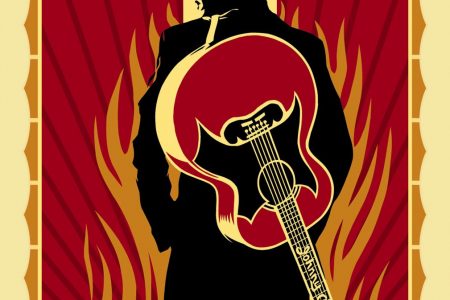How do Marvel solve a problem like the Hulk? A fondly remembered television series, a film by a renowned arthouse director, and a character on t-shirts and lunchboxes and underpants. But is the character himself worth effort? The film critic Mark Kermode calls him a character who essentially doesn’t work, and he has a point. Representing the uncontrolled violence of man, the simmering beast beneath the intellect and civility (and the fantasy of power) – this doesn’t make for an actually interesting character. Yet, seemingly, all people want is ‘Hulk Smash!’ and nothing else.
I’ve never been a great fan of the character – I have only read Peter David’s excellent run on the book, where he made the largest evolutionary leap in the character’s development by building on Bill Mantlo’s story that Banner had been abused as a child by his father, and the expression of the three psychological states (id, ego and superego), which is the basis for Ang Lee’s approach to the character. If ever there was a film that a company would prefer people not to remember, it is the first Hulk film. It’s not completely awful – there are some good pieces and the visual stylings were impressive – but there are some terrible bits in the film and it is very uneven (and Nick Nolte and his Hulk dogs are best forgotten) and is not what people were expecting.
Edward Norton thinks he knows what people want – he believes that the television Hulk is the template for the character: a haunted loner looking for a cure to his condition, trying not to get angry. The opening credits give us this film’s version of the origin sequence, being the television idea of gamma rays directed into his brain (echoing the very same visual from the show), i.e. please forget everything you saw in the first film. Now, Norton, as Bruce Banner, is hiding in Brazil, in the favelas of Rio de Janeiro, working a menial job while he works on a cure, with the help of a scientist in the US with the codename Mr Blue (with that name, I’d hoped it could be Reed Richards, but film rights prevent that sort of thing). Of course, the army (led by General Ross, played by William Hurt) eventually catch up with him, leading to Bourne-style chases through slums and an eventual emergence of the Hulk. The CGI on this Hulk is pretty good, no better or worse than on the first film, but more visceral than the softer-looking green giant employed by Ang Lee.
The plot has Ross ‘power up’ a British soldier on his team, Emil Blonsky (Tim Roth, so they have to say that Blonsky was born in Russia but raised in the UK, so that he doesn’t have to worry about the accent), while Banner comes back to the US and eventually meeting up with Betty Ross (Liv Tyler in full breathy mode). They meet up with Mr Blue who turns out to be Dr Samuel Sterns (Tim Blake Nelson) who tries to help, even though he seems a little mad (because all scientists are doolally, obviously). He ends up helping Blonsky to Hulk-out, turning him into the Abomination (as well as getting some Hulk-juice in a cut in his head, which starts swelling his head in preparation for becoming The Leader for a sequel that I don’t think will happen) to allow for a full on CGI Hulk vs Abomination fight.
This film does what it says on the tin – it’s the Incredible Hulk, with lots of fighting and some story to keep the actors happy. Although it prefers the television version (with a cameo from Lou Ferringo), there are nods to the comics (such as Betty’s current boyfriend is a psychiatrist Dr Samson, the crowd-pleasing use of the phrase ‘Hulk smash’ and even the use of the Hulk clap to put out a fire) and there is plenty of CGI Hulk smashing things up in an entertaining manner. The action scenes are handled with aplomb by the director Louis Leterrier (The Transporter films and Danny The Dog show that he knows what he is doing) but there isn’t much more to the film than that. It’s more enjoyable than the first Hulk movie but I think that the character of the Hulk doesn’t really allow for anything more. The scene at the end, where Robert Downey Jr cameos as Tony Stark talking to General Ross about putting together a team (SHIELD was mentioned twice in the film), suggests that the only reason for this scene is that they want to have the Hulk as the villain for the Avengers movie (otherwise, I can’t see why Stark would be talking to Ross about the Avengers). And turning the Hulk into the villain of the piece isn’t exactly characterization and doesn’t bode well for future Hulk films.




